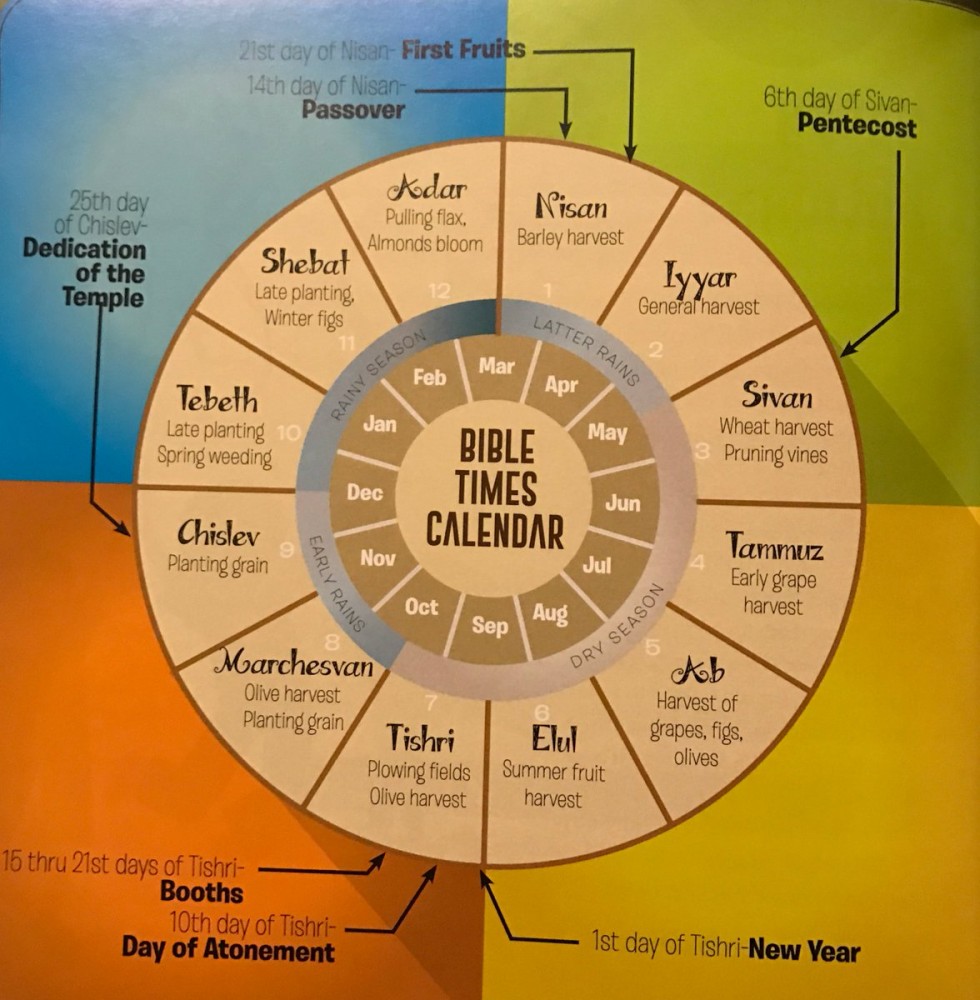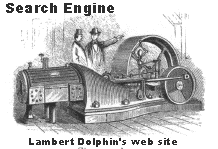A Grand Chronology
Winston Churchill said, “Those that fail to learn from history are doomed to repeat it.”
--In a 1948 speech to the British House of Commons

The Roaring Lion, 1941
![]()
A Few "Great Civiizations."
The Aztec Civilization: 1325 A.D. – 1521 A.D. 199 years 5 generations Egyptian civilization coalesced around 3150 BC with the political unification of Upper and Lower Egypt under the first pharaoh. Mesopotamia was home to several powerful empires that came to rule almost the entire Middle East—particularly the Assyrian Empires of 1365–1076 BC and the Neo-Assyrian Empire of 911–609 BC. From the early 7th century BC and onward, the Iranian Medes followed by the Achaemenid Empire and other subsequent Iranian states and empires dominated the region. In the 1st century BC, the expanding Roman Republic absorbed the whole Eastern Mediterranean, which included much of the Near East. The Eastern Roman Empire, today commonly known as the Byzantine Empire, ruling from the Balkans to the Euphrates, became increasingly defined by and dogmatic about Christianity, gradually creating religious rifts between the doctrines dictated by the establishment in Constantinople and believers in many parts of the Middle East. From the 3rd century up to the course of the 7th century AD, the entire Middle East was dominated by the Byzantines and the Sasanian Empire. From the 7th century, a new power was rising in the Middle East, that of Islam. The dominance of the Arabs came to a sudden end in the mid-11th century with the arrival of the Seljuq dynasty. In the early 13th century, a new wave of invaders, the armies of the Mongol Empire, mainly Turkic, swept through the region. By the early 15th century, a new power had arisen in western Anatolia, the Ottoman emirs, linguistically Turkic and religiously Islamic, who in 1453 captured the Christian Byzantine capital of Constantinople and made themselves sultans. Large parts of the Middle East became a war ground between the Ottomans and the Iranian Safavid dynasty for centuries, starting in the early 16th century. By 1700, the Ottomans had been driven out of the Kingdom of Hungary and the balance of power along the frontier had shifted decisively in favor of the Western world. The British Empire also established effective control of the Persian Gulf, and the French colonial empire extended its influence into Lebanon and Syria. In 1912, the Kingdom of Italy seized Libya and the Dodecanese islands, just off the coast of the Ottoman heartland of Anatolia. In the late 19th and early 20th centuries, Middle Eastern rulers tried to modernize their states to compete more effectively with the European powers. A turning point in the history of the Middle East came when >oil was discovered, first in Persia in 1908 and later in Saudi Arabia (in 1938) and the other Persian Gulf states, and also in Libya and Algeria. A Western dependence on Middle Eastern oil and the decline of British influence led to a growing American interest in the region. During the 1920s, 1930s, and 1940s, Syria and Egypt made moves towards independence. The British, the French, and the Soviet Union departed from many parts of the Middle East during and after World War II (1939–1945). The Arab–Israeli conflict in Palestine culminated in the 1947 United Nations plan to partition Palestine. Later in the midst of Cold War tensions, the Arabic-speaking countries of Western Asia and Northern Africa saw the rise of pan-Arabism. The departure of the European powers from direct control of the region, the establishment of Israel, and the increasing importance of the petroleum industry, marked the creation of the modern Middle East. In most Middle Eastern countries, the growth of market economies was inhibited by political restrictions, corruption and cronyism, overspending on arms and prestige projects, and over-dependence on oil revenues. The wealthiest economies in the region per capita are the small oil-rich countries of Persian Gulf: Qatar, Kuwait, Bahrain, and the United Arab Emirates. (Wikipedia) |
![]()

Traditional Jewish Chronology
Jewish Calendar
Jewish Holidays
It's About Time
A Chronology: The Times of the Gentiles
Kings of Israel and Judah
A Short Chronology of Jerusalem and the Temple Mount
Correcting the Dates
The Times of the Gentiles 2
The Times of the Gentiles 1
Second Temple Times
Biblical Chronology and Dating of the Early Bible by Curt Sewell
Toward a Biblically Inerrant Chronology by Alan Montgomery
Secularism
The False Messiah
Times and Seasons
Articles on Time

Christmas 2020
Christmas 2021
Christmas 2022
Who Were the,Magi? (Chuck Missler)
The Rapture Time Joint
About a third of the Bible is about the future: What God has said He will do.
He has a perfect track record so far.
What determines the future is what God has done in the past
and what He has promised to do in the future.
So don't look horizontally at current events."
(Ray C. Stedman)
![]()
Atomic Time, The Geological Ages and Dynamical Time
| Atomic Age | Geological Age | BC - years before Christ |
AC - years after creation | Geologic Era and Notes |
14 -10 |
Unnamed |
5792 BC |
0 AC |
Archaeozoic Era |
| Calendar years - 2256 years long Atomic years - (from Archean on) - 3.9 billion years long At initial point of creation, light speed 4 x 1011 times current speed. Closes with Catastrophe One: Noah's Flood/ "Snowball Earth"/ axis tilt of earth At the close of this era, light speed now about 2 million times current speed. |
||||
| 10 - 4.5 Billion | Azoic | 5792-4531 | 0-1261 | |
| 4.5 - 2.5 billion | Archean | 4531-4136 | 1261-1656 | |
| 2.5 Bil - 870 Mil | Early Proterozoic | 4136-3656 | 1656-2136 | |
| 870 -600 million | Neo Proterozoic | 3656-3536 | 2136-2256 | |
| 600 - 500 million | Cambrian | 3536-3484 | 2256-2308 | Paleozoic Era |
| 500 -425 million | Ordovician | 3484-3441 | 2308-2351 | Calendar years - 235 years long Closes with Catastrophe Two: The Destruction of the Tower of Babel/ the Permian Extinction At the close of this era, the speed of light was 1.1 million times its current speed. |
| 425 - 405 million | Silurian | 3441-3429 | 2351-2363 | |
| 405 - 345 million | Devonian | 3429-3390 | 2362-2402 | |
| 345 - 280 million | Carboniferous | 3390-3343 | 2402-2449 | |
| 280 - 250 million | Permian | 3343-3301 | 2449-2491 | |
| 250 - 180 million | Triassic | 3301-3253 | 2491- 2539 | Mesozoic Era |
| 180 - 135 million | Jurassic | 3253- 3199 | 2539- 2593 | Calendar Years - 296 years long Atomic Years - 167 million years long Closes with Catastrophe Three: Days of Peleg/ Continental Division/ Cretaceous-Tertiary Extinction/ higher axis tilt Light speed at the close of this era: about 600,000 times its current speed |
| 135 - 65 million | Cretaceous | 3199- 3005 | 2593- 2787 | |
| 65 - 58 million | Paleocene | 3005- 2991 | 2787- 2801 | Cenozoic Era |
| 58 - 36 million | Eocene | 2991- 2947 | 2801- 2845 | (to the end of the Ice Age) Calendar years - about 660 years long Atomic years - about 65 million years long |
| 36 - 25 million | Oligocene | 2947- 2925 | 2845- 2867 | |
| 25 - 13 million | Miocene | 2925- 2901 | 2867- 2891 | |
| 13 - 1 million | Pliocene | 2901- 2877 | 2891- 2915 | |
| 1 mil -2345 BC | Pleistocene - Recent | 2877- 2345 | 2915- 3447 |
By Barry Setterfield, 2/20/04. Revised 2/21/06
The Atomic Constants, Light, And Time
Constancy of the Velocity of Light
Barry Setterfield's Old Testament Chronology
Implications of a Non-Constant Velocity of Light

Jewish Holidays for Christians
Email Lambert
Lambert Dolphin's Place (Home Page)
Lambert Dolphin's Original Web Site (1995)
Lambert's Personal Testimony
Newsletters by Lambert

Library Annex (500+ new articles since 2018)
Help Thyself. No Charge

Music for today
A Glorious ChurchI Sing the Mighty Power of God
Jesus, The Light of the World
Pachelbel: Canon in D
